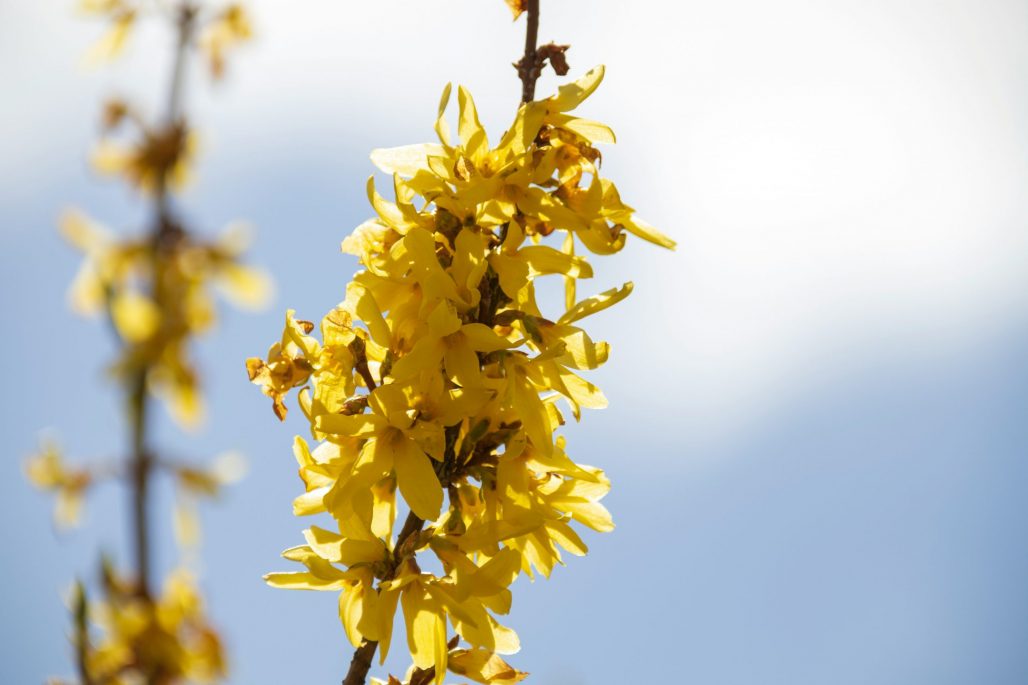Why It’s Time to Rethink Forsythias in Our Gardens
As gardeners and lovers of nature, we hold a deep responsibility for the spaces we nurture. Our gardens are not just places of beauty and solace—they are vital lifelines for the ecosystems that surround us. Yet, amidst the golden glow of spring, one popular plant quietly undermines the intricate web of life we strive to protect: the forsythia.
While its cheerful yellow blossoms may brighten our days after a long winter, the truth is that forsythias are ecological dead zones. They offer nothing—no nectar, no pollen, no shelter—for the insects that our ecosystems desperately rely on. Unlike native plants that hum with life, feeding bees, butterflies, and other pollinators, forsythias stand silent, disconnected from the natural rhythm of our landscapes.
Insects are the unsung heroes of our world, pollinating the food we eat and providing a crucial foundation for birds, mammals, and countless other species. But they cannot thrive without a diverse array of native plants. When we fill our gardens with non-native species like forsythias, we deprive these tiny creatures of the resources they need to survive. And when insect populations falter, the ripples are felt far and wide.
It’s time for a change—a shift toward a more thoughtful, life-affirming approach to gardening. Imagine replacing the forsythia with a cornelian cherry (Cornus mas), an early bloomer that bursts to life with nectar-rich flowers, welcoming pollinators with open arms. Or picture native viburnums, wild plum, or serviceberry trees gracing your garden, each one teeming with life and purpose.
By choosing native plants, we weave our gardens back into the fabric of nature, creating sanctuaries that nurture not just us, but the countless living beings that depend on them. These choices matter. They are small acts of hope, multiplied across neighborhoods and communities, building resilience into our fragile ecosystems.
Forsythias may offer fleeting beauty, but they fall short of the deeper connection our gardens can achieve. Let’s bid them farewell and embrace plants that truly sustain life. Together, we can turn our outdoor spaces into vibrant havens, humming with the promise of a healthier, more balanced world.
The time to act is now. Each plant we choose is a step toward restoration, a quiet declaration of love for this planet we call home. Let’s plant with purpose—and make every bloom count.
What do you think of this tone?
